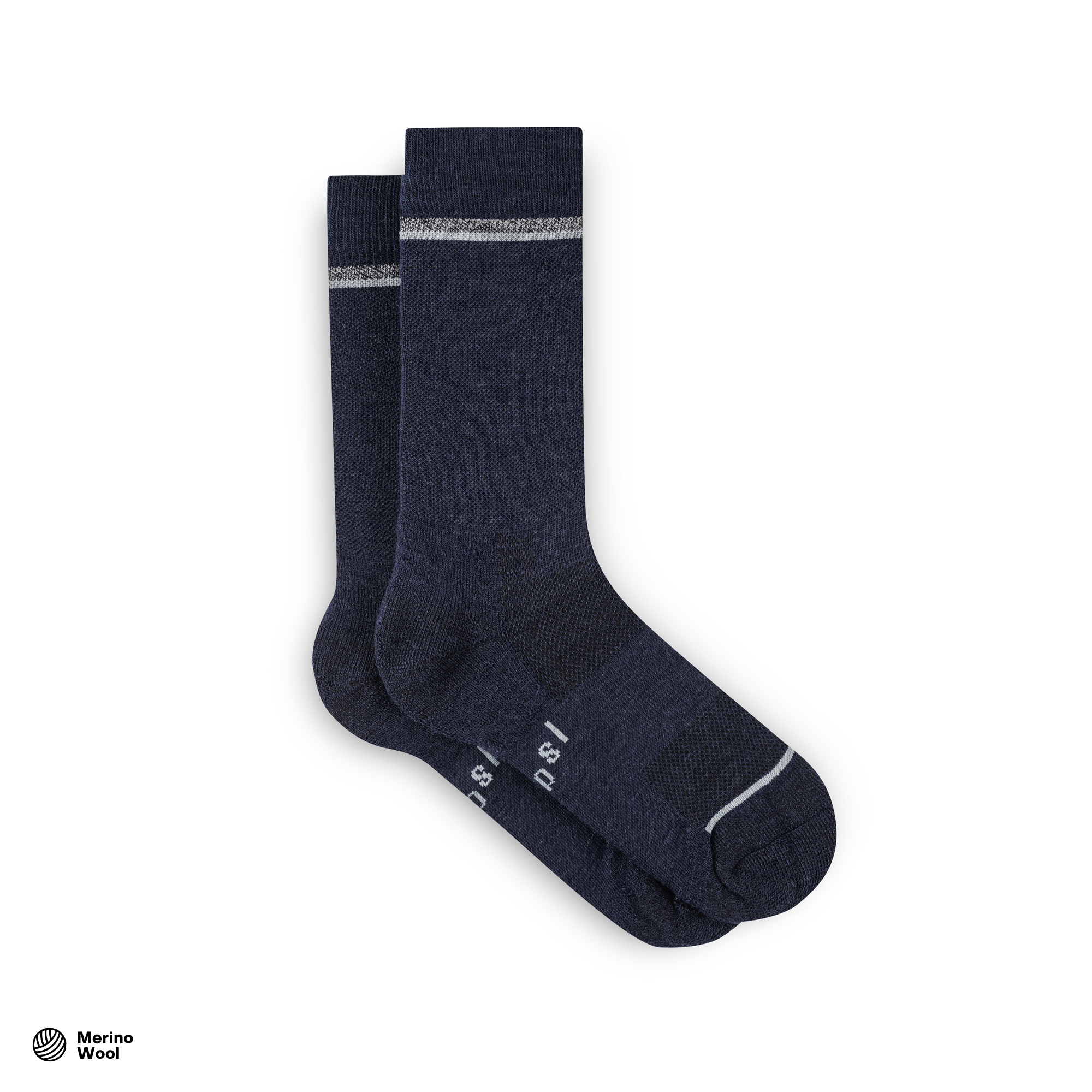

The Art of Layering
There is no such thing as bad weather, only poorly chosen clothing. The right choice of layers is an art that comes from experience and discomfort tested on one's own skin. In search of a delicate symbiosis with the weather and conditions that await you on the road. The right clothing can enhance your riding experience, the wrong choice of it will condemn you to hours of discomfort. Master the delicate art of layering with us.
Proven three-layer system

Base layer
It protects against the cold and pleasantly warms you, effectively wicking moisture away from the skin. You will experience the basic functions of the first layer literally on your skin’s outer layer. Maximize your comfort without restricting your movement thanks to the base layers made of wide range of merino wool and functional synthetic materials.

Mid layer
Your favorite summer jersey in sub-zero weather conditions may no longer be sufficient protection against the cold. Moreover, an insulated winter jersey worn in spring acts as a “vest with weights” on performance. Mid layer has an insulating function, but it is important that it is breathable and does not accumulate unnecessary moisture.

Outer layer
Outer layer is the front line in the battle with the elements. Whether you're hitting the road on sunny but frosty days or are expecting rain and high winds, the well chosen outer layer is the key to a comfortable ride. A lightweight windproof vest, bibs and packable warmers or an insulated jacket with a Polartec insulation layer and trousers made from membrane material? Adapt your outer layer in line with the conditions and style of your ride.

For rain and wet conditions
Constantly changing weather with the risk of rain or snow. Shortening days offer only a short window of time in which you can hit the road. You want to make the most of this opportunity. Regardless of the fact that there are snowflakes flying over your head and the road is an obstacle course dotted with puddles. You're not made of sugar and your clothes will give you a reliable protection from the water.

Dry road free from the elements
The off-season also brings with it plenty of dry and sunny days. Mornings may be cool, but as the hours pass, the sun's rays increase the sensory temperature and the endorphin rush of moving in the fresh air kicks in. Enjoy your moments in the saddle, regardless of the pace and intensity of the ride.
Deep winter
-5° to +5°C
Weather
Frosty but sunny days with no wind and temperatures well below the freezing point, but also cloudy weather with the possibility of sleet or snowing. Very harsh conditions that require keeping the core warm.
Choosing the perfect baselayer is key. Keeping your core temp balanced will be essential. Then take care to keep the extremities like your fingers, toes, forehead and ears as warm as possible. Those parts are furthest away from the engine room and more likely to be exposed to the cold.
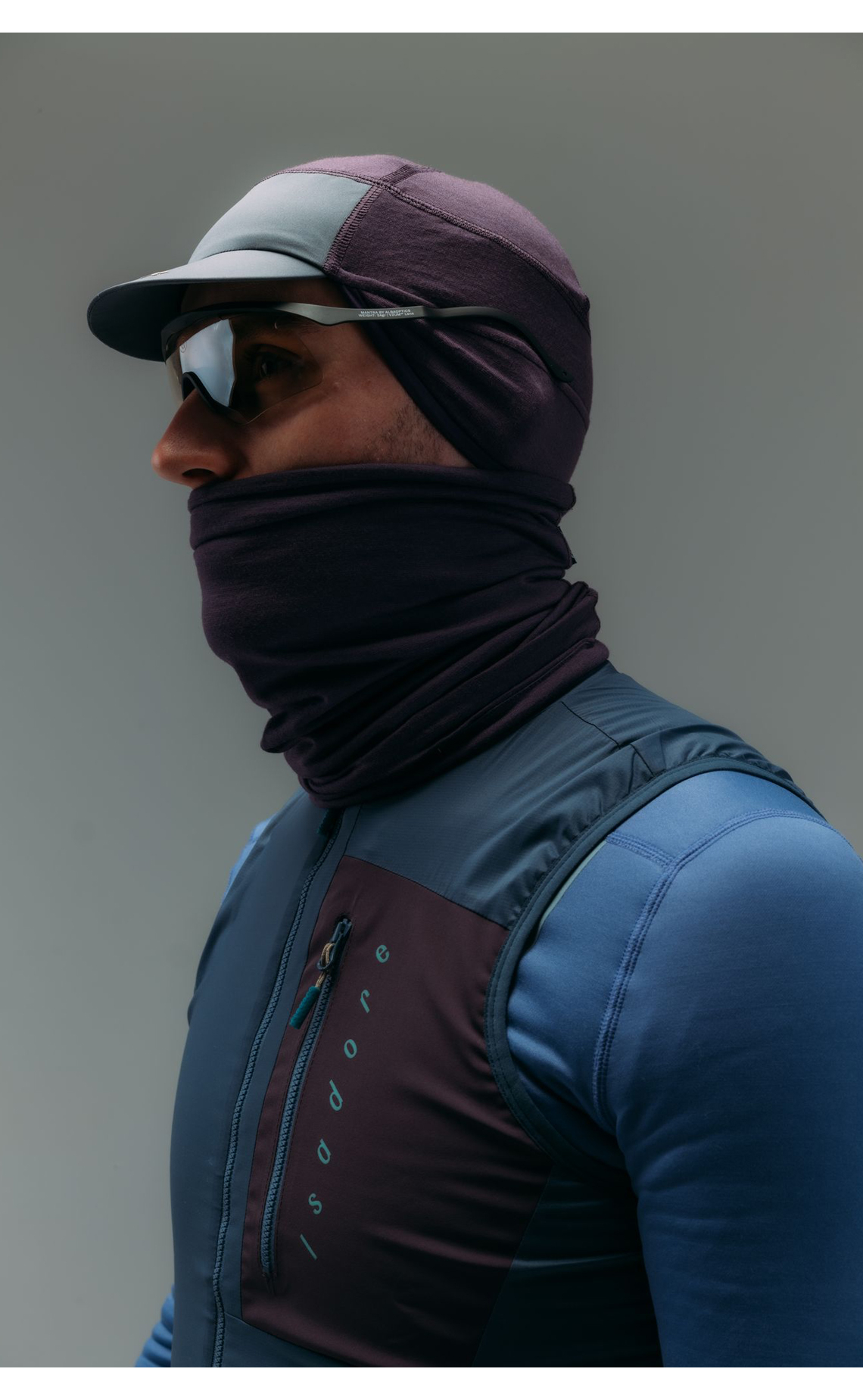

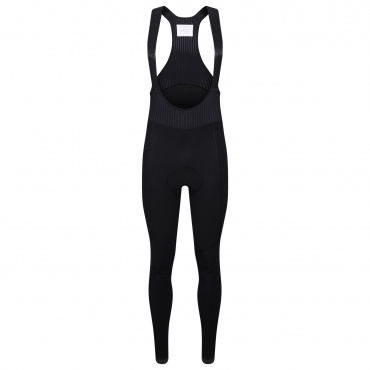



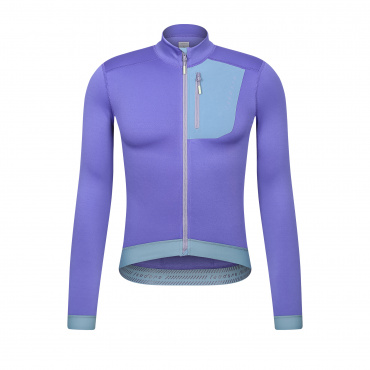



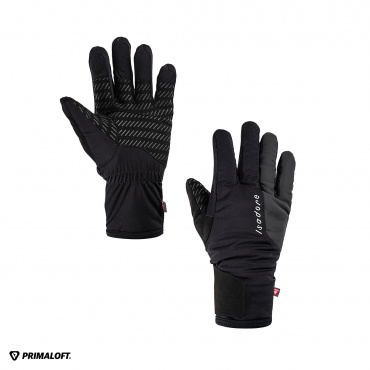




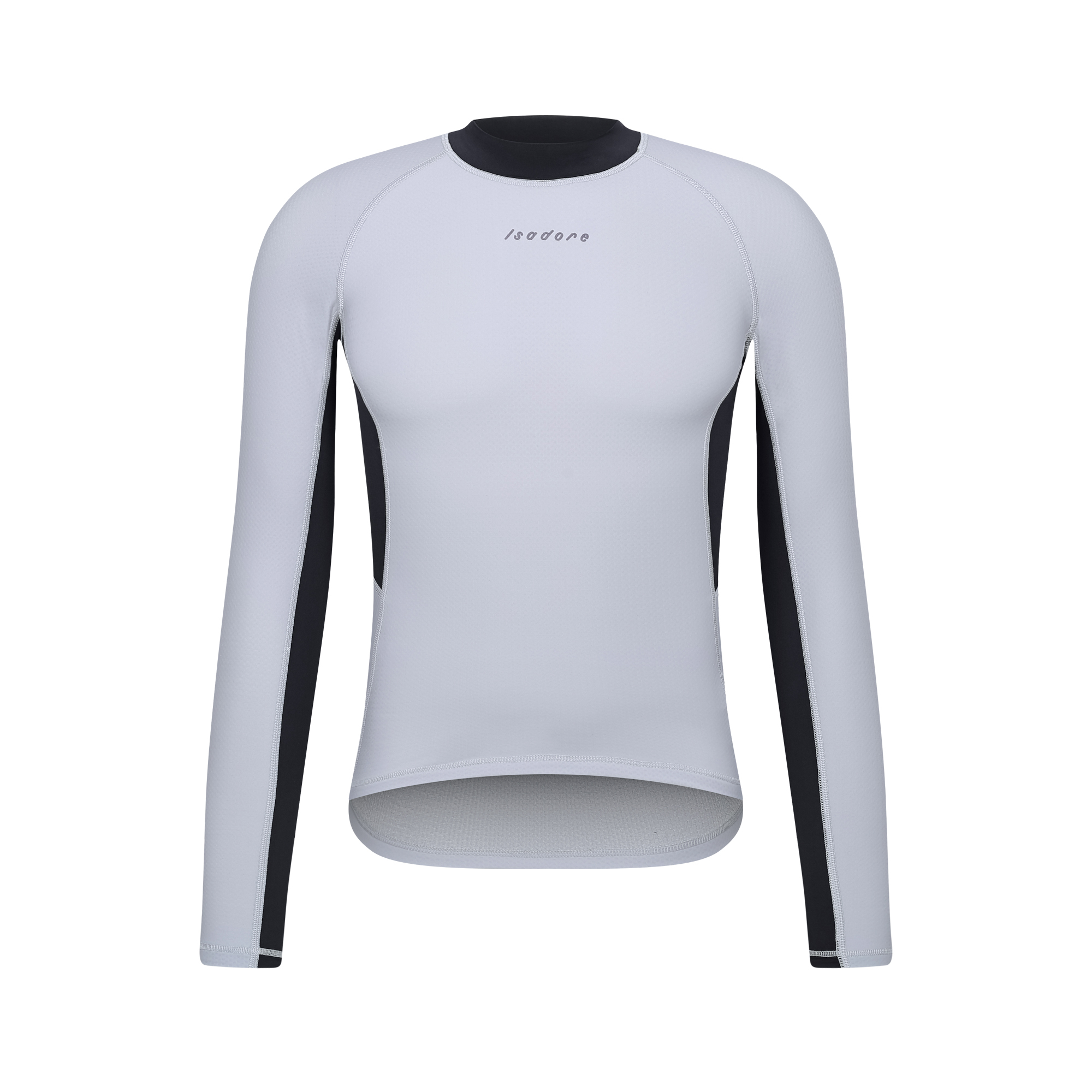






It’s still cold out there, but you will be determined to enjoy some crisp winter weather. Of course, layering is key so you will be in a position to ventilate as required. If you decide to stop for a coffee or snack, take off the first top two layers to give them a chance to dry. And it will help prevent you feeling a shock of cold when you kick off again.



















Mild winter
+5° to +10°C
Weather
The days are short and the temperature can drop very quickly, especially under minimal or no sunlight. Watch out for a sharp drop in temperature after sunset.
It’s best to start out feeling slightly cold at the beginning of the ride. Then you can count on your body to generate the required heat when you are working hard. Don’t overdress or you will sweat yourself into a chill.









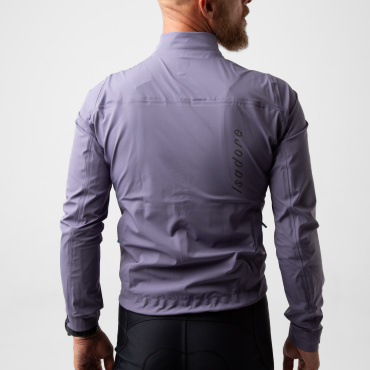










Don’t underestimate how many calories you need. Your body uses more energy to keep warm when riding in the cold, so be sure to fuel up. Dress warmly, anticipating a slower pace. Be sure you can ventilate as required to keep your neck and chest warm, and as dry as possible.


















Early spring
+10° to +20°C
Weather
Spring can already be felt in the air, but rapid changes in conditions will require excellent planning. From sunny and warm days to rain and snow, you can experience it all in a single ride.
Don't let yourself be surprised by sudden changes in weather. Keep a jacket or gilet always with you in order to be able to protect yourself. Even if you are leaving for a ride in sunny conditions, rain and even snow may be just around the next bend.




- New color







- New
- New
- New
- New



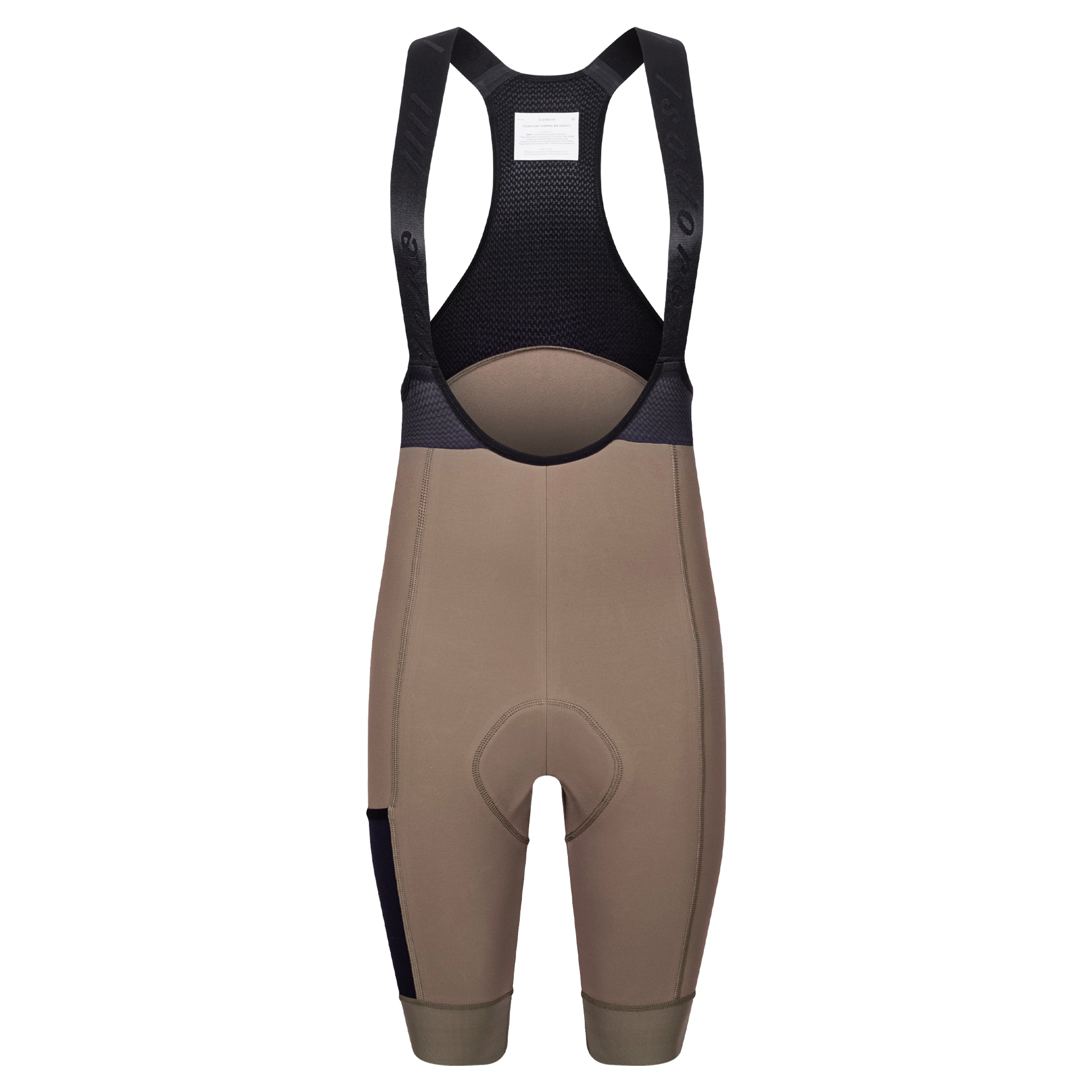






Even if you have tried to ride through the winter, early season form may still be short. Start the new season steady, and dose out the length and speed of your rides carefully to avoid overdoing-it. Once the weather gets warmer, you can happily peel off some outer layers.







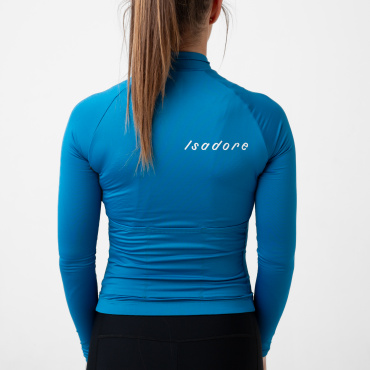


- New
- New
- New
- New







